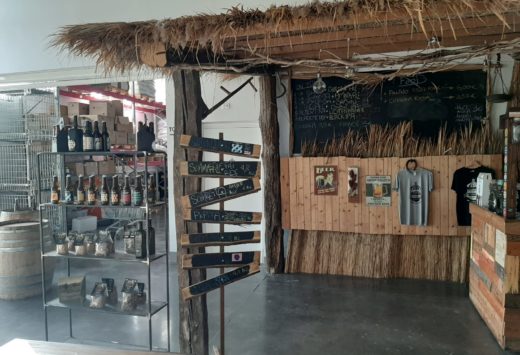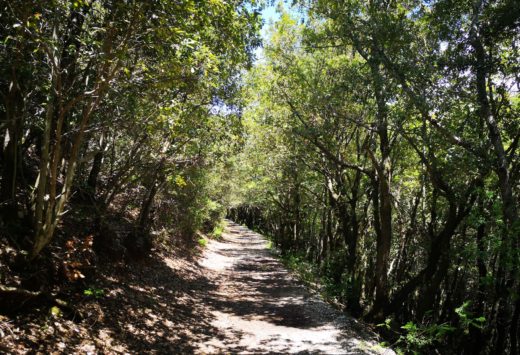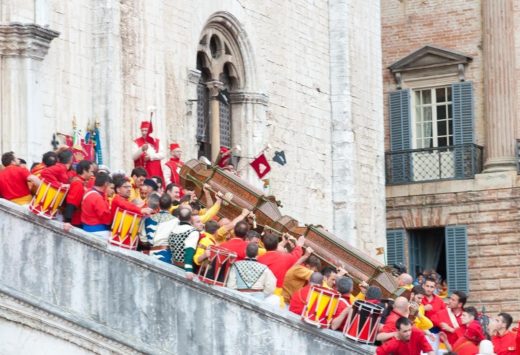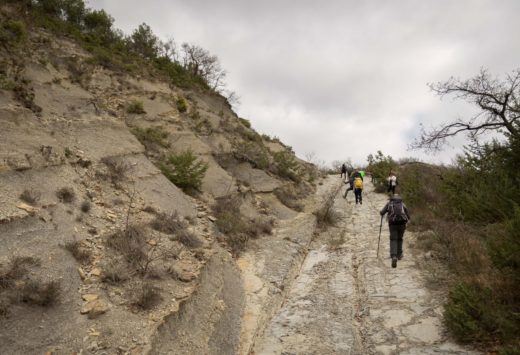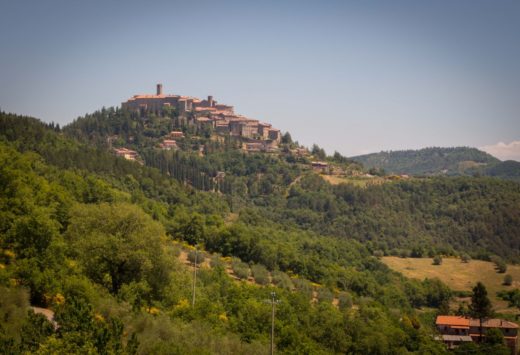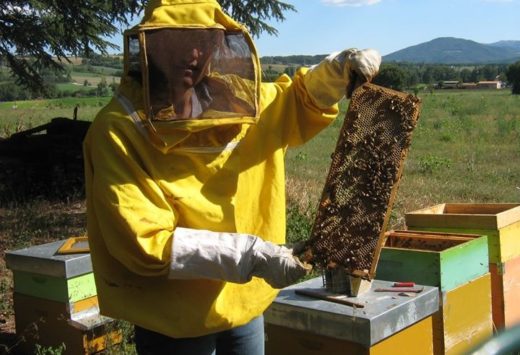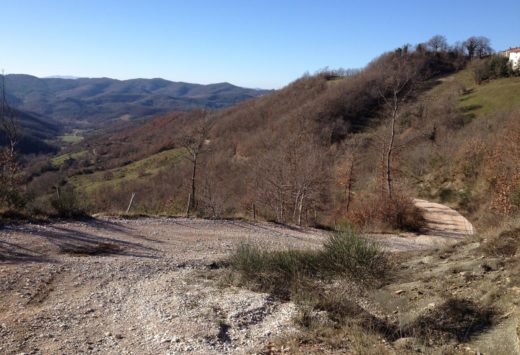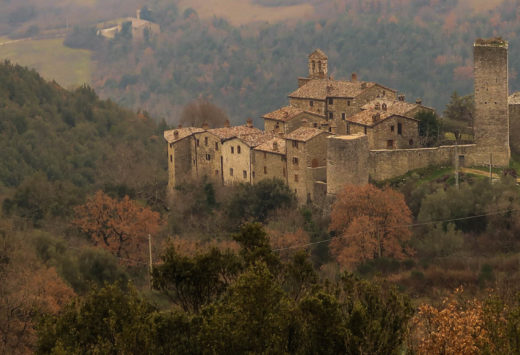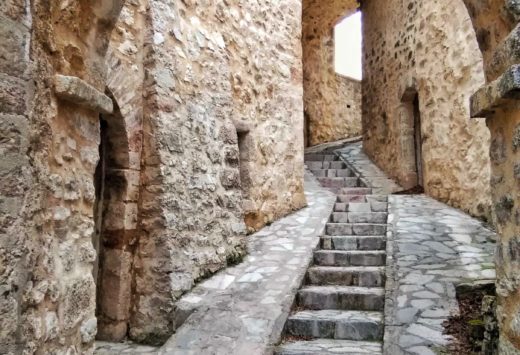Discover Montone with us
From atop the hill on which it sits, sweetened by the scents from the state-owned forest that surrounds it, and lulled by the gurgling waters of the Carpina brook that flows through the valley, the ancient town of Montone proudly and deservedly flies its orange tourism flag that it was awarded by the Touring Club Italiano; in 2003 it was listed among the most beautiful and picturesque small towns (called borghi in Italian) in Italy. The origin of its name refers to the Rocca d’Aries (Aries Fortress tower) a few kilometers away, which was one of the first things built by the Fortebracci family; Aries in the zodiac is a ram (meaning of montone) and that is what you see on the city crest. But the name, like the city’s origins, are not completely clear. A document from 1121 mentions the existence of a castrum, a fortified settlement with a castle and a church. In 1150 the village had the title of commune or municipality, but it was not until the 15th century that it grew and prospered the most under the Fortebracci family.
Andrea Braccio Fortebracci, known as Braccio da Montone, was one of the greatest Italian mercenary captains or warlords. He and the town citizens participated in an ambitious project to create a single State in central Italy with Perugia as its capital. Unfortunately, his dream never came true; it all ended with his death in 1424 when the borgo was taken over by the Church State. Montone was ruled by the Vitelli family from the town Città di Castello, but the administration was done on behalf of the pope. The town did not become autonomous again until Italy became a unified state in 1860.
Albeit the hostile political events and the wars that lashed through the valley because of its strategic position, today the town has been restored to its original form with its particular characteristics. Although it is quite a small town, the fame of the warlord who was born here (Braccio da Montone), the devotion to the Sacred Thorn (Sacra Spina) that since time immemorial has been preserved within the town walls, the genuine produce and products of the surrounding areas, the everlasting quality craftsmanship of the local artisans who are wrought iron experts, the modern-day attention to the recovery of ancient culture, and the many lively fetes and festivals that liven the town center during the year all make Montone a stop-over you won’t want to miss during your vacation in Umbria.
You will be sad to go back home!



